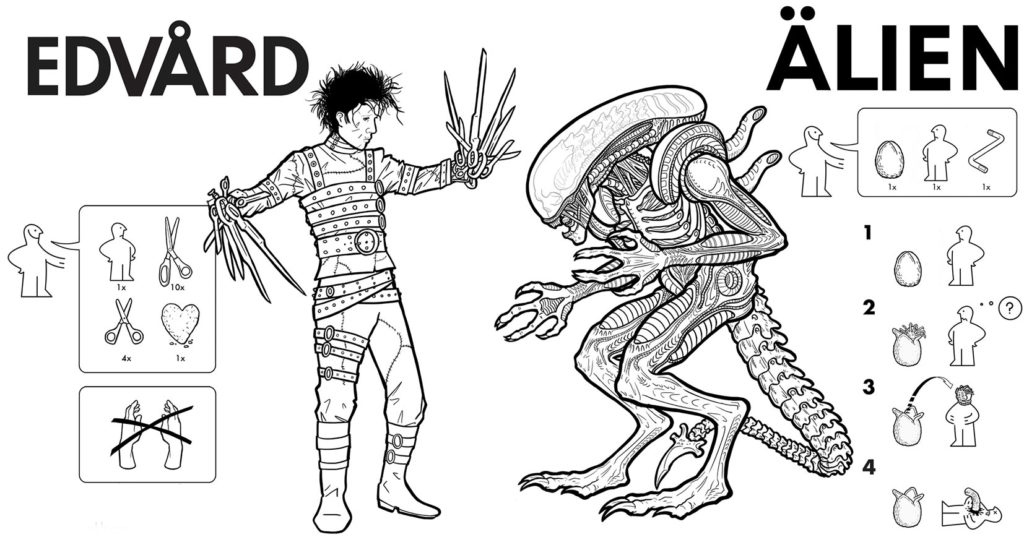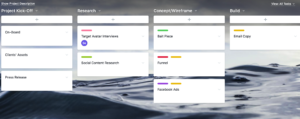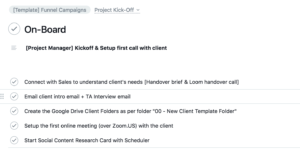Now if you didn’t know about my past I spent a good 6 years of my life out of university working at KPMG (one of the big 4 accounting firms) specialising in their IT Audit & Consulting arm. For much of my time, I would be reviewing process flow diagrams of major MNC’s to see how they performed their operations like this…

- People don’t know it existed, thus they make up their own process; OR
- People don’t read it at all and just blindly follow what is already in place (or make their own)
What I realised in this learning was that people are just inherently lazy. How many of you actually open up a new toy and bother to read the manual?
To be honest the only thing I read is the IKEA manual when I have to build that new coffee table or drawer!

Image courtesy of edharringtonillustration.com
Yet things started to change when we transformed into an agency with 10+ people. It started to change where I couldn’t just get away with the micro video SOP to show someone how to do a specific task. I had to now integrate more than just doing tasks, I had to let my team start thinking for themselves…
This is where I realised I couldn’t just do video SOP’s anymore. While they are great for specific click here go here tasks, it didn’t provide the framework for the Project Manager who needed to see the whole picture. It didn’t allow the Creative Director to see how his delay in decisions/approvals would impact the delivery team.
So it wasn’t until Ibu Hanim’s training that highlighted back to me how important it is to create this macro process view for everyone in the team. Rather than keeping them purely focused on just their task. They needed to know what happens before their involvement and how their results would lead to other processes.
So our team then underwent a few days for each team lead to personally draw up their own process flow diagrams for their core activities. So what are these core activities?
For example in Delivery for a Marketing Agency it could be:
- Client On-boarding
- Client Setup
- Target Avatar Interview
- Research & Analysis
- Content Production
- Content Distribution
- Funnel Campaign
- Influencer Connection
- Backup
- Client Satisfaction/Delight
From here we’re able to dig in deeper into each and show the exact steps that need to occur in each process, who is in involved and who are the decision-makers. Having this alone is enough to be a great start to letting your team know when it’s their time to play. Here’s an example of our client on-boarding process.
An orchestra needs a conductor to lead them, but you’ll never see a member of the orchestra without their sheet of music… It’s the same for your team, you need to create that master sheet for each member to reference and to know what is going on. It’s even more critical for a remote team (which I’m finding out) since it’s not always easy to just ping someone to ask as they may be in a different timezone.
Once you’ve done your flows the next step in having your remote team running fluidly is to create work instructions/SOP’s for each task, which I’m going to be unveiling in an upcoming post!


